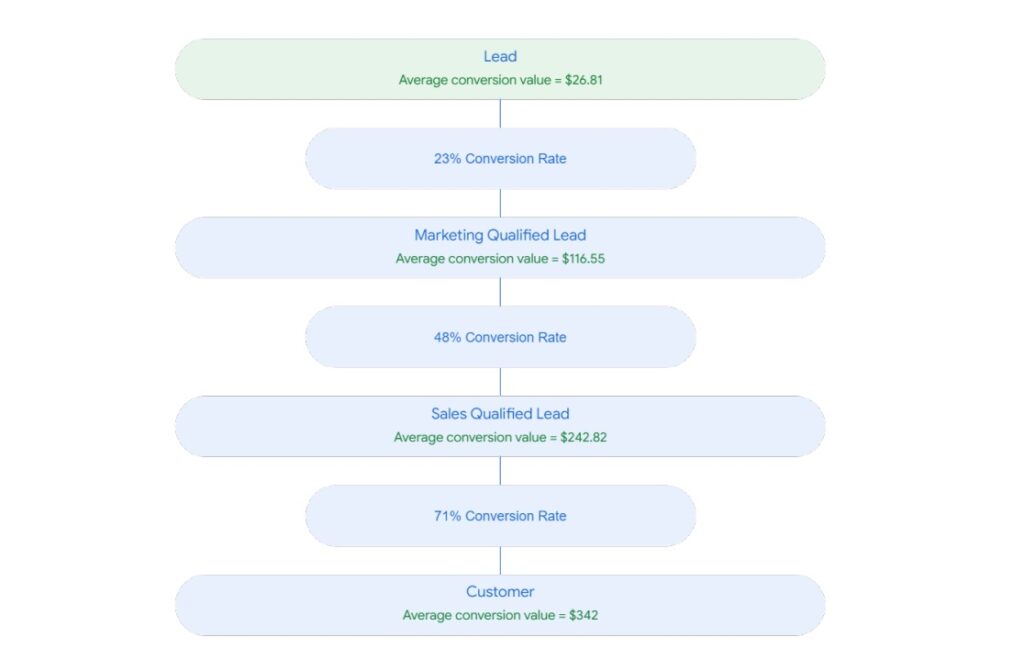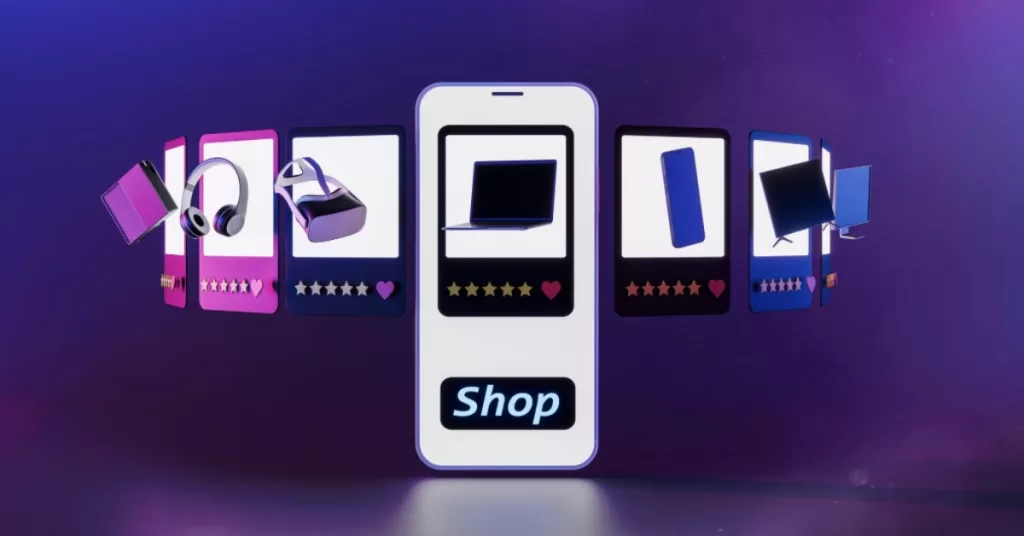As a SaaS marketer, you already know how challenging it might be to find the sweet spot of pay-per-click (PPC) advertising. However, the SaaS PPC landscape is also filled with opportunities. You just need to spot them.
Because of the industry’s competitiveness, if you don’t have a good plan, every day will feel like a high-stakes, high-speed game of chess. A game in which you might become so focused on the next move, and trying to be agile and innovative, that you miss the bigger picture.
So, to succeed in this game, you must have a clear strategy, clear KPIs, and the reflex of putting things into context.
Why is SaaS PPC so important?
PPC is a vital part of any SaaS business’ customer acquisition strategy. However, getting good results requires careful management and planning.
But when done right, it can skyrocket the business’s user base growth and the monthly recurring revenue (MRR). So let’s see the advantages of PPC for SaaS companies and why it should be included in their marketing efforts.
Instant exposure
Whenever you launch a PPC campaign you get instant results in terms of impressions and clicks. And getting in the top results from Google within hours is a great boost for the website’s overall traffic.
Complements SEO
With organic traffic strategies, you may be looking at months of work without seeing any results. But you do have to remember that after it picks up, all the traffic you will get will be free. So, until you see the organic traffic coming in, you can ‘rank’ for those keywords with ads.
For any SaaS business with a decent SEO strategy and good organic results, PPC can help increase its visibility. Having a PPC campaign running for the same keywords will just give more search results real estate.
Precise targeting
One big difference between organic and paid traffic is the targeting. While you can do proper research and deep dive into the user’s search intent for the organic traffic, with paid traffic, you can have greater precision.
Think about all the targeting options available in Google Ads. You can use demographics, interests, location, past online behavior, physical locations visited, etc. to pinpoint the users you want to see your ads.
Retargeting options
We know that it takes multiple touchpoints before a user converts. So, attracting traffic to your website is just one side of the equation.
To assist the users in their decision-making process, you can retarget them to stay at the top of their minds. Depending on the type of interaction they had with your brand (website visit, content download, email subscription, etc.) you can set up campaigns to target them later in their buying journey.
Speeds up experimentation
A/B testing and experimentation are key factors in the success of any company. But to know if a result is significant or not, you need to have a large enough sample size. And sometimes, especially for small or very niche businesses, it is hard to get that level of traffic organically.
In this case, you can use PPC ads to boost the traffic levels and get the results faster. Think of this as paying to get the experiment conclusion faster. And because the experiments can have a great impact on the business, this is totally worth it.
Measurable results
The advantage of PPC compared to other more traditional marketing efforts (trade fairs, event sponsorships, etc.) is that you can measure the results directly. You don’t need to use proxy metrics to determine the efficacy of your campaigns.
Even though the tracking is not perfect due to the messy customer journey, you can still draw solid conclusions.
How to build a SaaS PPC advertising strategy

When thinking about building a SaaS PPC advertising strategy, you must understand your customers and learn how they behave online. These details are going to help you target them online and offer them the information they need to decide if your service is the best fit for them.
Understanding your ideal customer persona
The more you know your customers, the better you can target them online. So you will have to conduct customer surveys, competitor analysis and see what targeting they’re using or conduct market research.
But you should go beyond their demographics, firmographics, and technographics. These are helpful, but knowing their pain points, their goals, or what their buying journey looks like, will help you customize your messaging better.
Split your campaigns
Not all traffic is equal. You need to make the distinction between cold traffic and warm traffic to be able to split your campaigns accordingly.
With campaigns targeting cold traffic (brand awareness, demand generation campaigns, etc.) you are targeting users in the upper part of the funnel. You need to be prepared and take into account lower returns for them. People in this stage of the buying journey are not ready to buy yet. They are gathering info.
But with campaigns targeting warm traffic (lead generation, remarketing, demand capture, etc) you are aiming to convert them into customers. They have already interacted with your business. They may have visited your website, downloaded a report/whitepaper or they have subscribed to your newsletter.
Conversion tracking
Without conversion tracking, you are shooting in the dark. You have no idea what results you’ve gotten from all your advertising efforts.
But the main question is: what should you track? Well…everything you can. It is a very unpopular topic that has gained a lot of heat in the past years, but if it is done correctly, it is very useful. So make sure your data is anonymized as much as possible and that you are completely transparent with the data you collect and for what purposes.
When running PPC for SaaS you need to know how the users interact with your campaigns, your website, and which actions they take.
So besides the standard GA4 events such as time spent on a page, scroll depth, number of pages viewed, etc. you can also create some custom events. Here, you need to think about your business and what’s important for you to know.
For example, you can use Google Tag Manager to create conversions based on the time spent on the website. You can have three categories for light, medium, and high engagement to push to your Google Ads accounts. And you can assign different values to them.
Besides the upper funnel conversions, don’t forget about the important ‘classic’ ones like signups, demo requests, or phone calls.
Conversion value calculation
Assigning values to your conversions can be tricky. But if you look at your company’s goals and numbers, you are halfway there.
When calculating the values you need to start with checking the conversion rates through the funnel. And Google designed a nice conversion value calculator which you can use for this.

Similarly, you can do this for the soft conversions, as well. Once, you have all the values, you can end all these events to your Google Ads account and give more feedback to Google’s bidding algorithm.
PPC optimizations for SaaS
The first thing you should do to optimize your campaigns is increase the click-through rate (CTR).
This is one of the metrics you can easily influence by adjusting your ad copy. This has a huge benefit for Google Ads: a higher CTR will lower your cost per click (CPC). Which can be a big win, especially in industries with a lot of competition.
Another thing you need to consider is ad fatigue. Showing the same ads over and over again might have negative effects. For search ads, you might get away with it easier, but for the image and video ads, consider refreshing them more often.
Also, keywords can make or break your campaigns. Besides trying to find the proper keywords for your ads, you also need to look at the search terms. This will show you what people are searching for when your ads are triggered. So make it a habit to go through them regularly and add the bad ones as negative keywords.
When thinking about what conversions to optimize for, we are all thinking about the money makers: paying customers. However, this is not the best strategy, especially for accounts with little conversion data.
At least in the beginning try to optimize for the upper funnel, soft conversions. After you have given the algorithm enough data, try to move more toward lower funnel conversions. Doing it this way will help the bidding algorithm find better correlations between your keywords, audiences, search intent, demographics, and a bunch of other data points.



